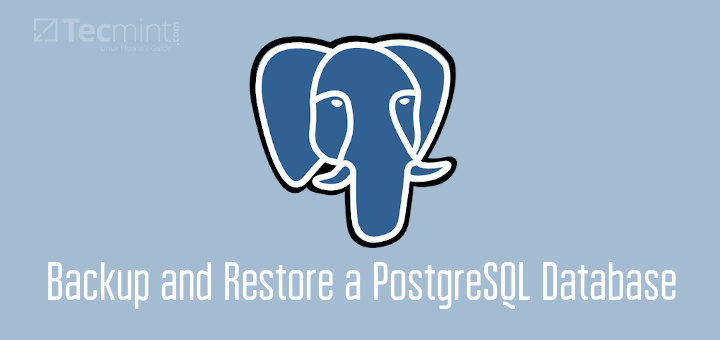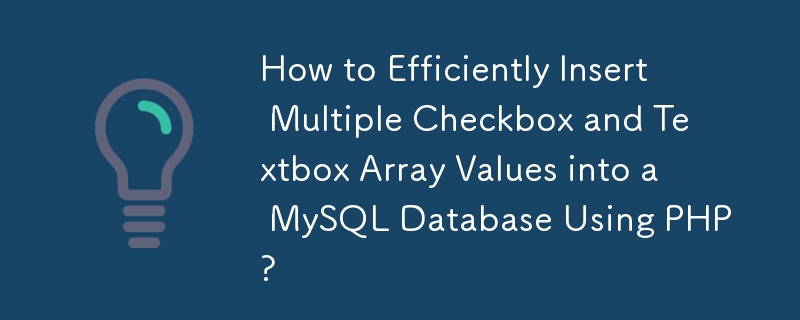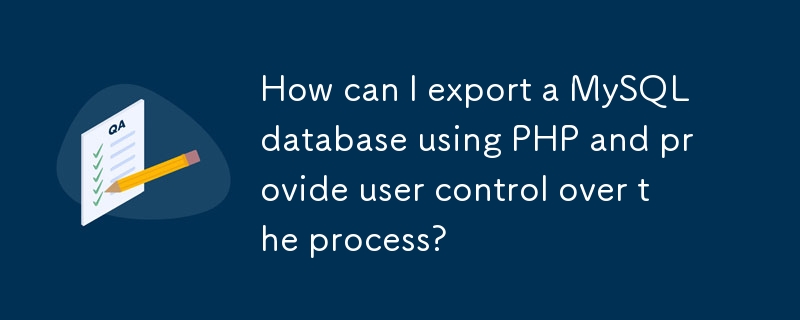Found a total of 10000 related content

How to backup and restore oracle database
Article Introduction:Oracle database backup can be implemented through RMAN backup, export/import utility, and logical backup (Flashback). Restore principles vary according to the backup type, including: RMAN backup and restore, export/import export and restore, logical backup (Flashback) restore. The specific restore process involves starting the RMAN connection database, restoring the backup set using the RESTORE/RECOVER command, exporting/importing files, rebuilding and permissions, and using the Flashback command to restore to a specific point in time.
2025-04-11
comment 0
943

SQL Database Backup and Restore Methods SQL Data Backup Restore Tutorial
Article Introduction:The secrets of SQL database backup and restore have you ever thought about what will happen if your database suddenly crashes and all the data is lost? This sounds like a nightmare! But don't worry, today we will talk about how to protect your SQL database through backup and restore to make your data safe and worry-free. In my career, I once met a client who lost all data in a single hardware failure because the database was not backed up regularly. This lesson made me deeply realize the importance of backup. Today, I will share with you how to backup and restore SQL databases, and provide some experiences and techniques I have summarized in practice. First, let's start with the basic backup method. In SQLServer, backup count
2025-05-28
comment 0
1042

MySQL Database Backup Validation and Restore Testing
Article Introduction:The key to database backup is whether it can be restored. Many people mistakenly think that regular backups are safe. In fact, verification of backup effectiveness and testing the recovery process are the core of ensuring data security. 1. The reasons for verifying MySQL backup include: the backup may fail due to interruptions, inconsistent methods, storage corruption and other problems. Only through restore tests can its reliability be confirmed. 2. Common backup types and verification methods: 1. Logical backup (such as mysqldump) can be verified by checking file content, importing test library, and querying key data; 2. Physical backup (such as XtraBackup) requires checking directory structure, preprocessing and starting instance verification; 3. Binary logs need to be checked for continuity and restored through simulated error deletion tests. 3. Effective recovery test steps include
2025-07-18
comment 0
524

How to Backup and Restore a PostgreSQL Database
Article Introduction:In a production environment, no matter how large or small your PostgreSQL database may be, regular backup is an essential aspect of database management. In this article, you will learn how to backup and restore a PostgreSQL database.We assume that yo
2025-06-17
comment 0
636


How to backup and restore database after mysql installation
Article Introduction:There is no absolutely optimal MySQL database backup and recovery solution, and it needs to be selected based on the amount of data, business importance, RTO and RPO. 1. Logical backup (mysqldump) is simple and easy to use, suitable for small databases, but slow and huge files; 2. Physical backup (xtrabackup) is fast, suitable for large databases, but is more complicated to use. The backup strategy needs to consider the backup frequency (RPO decision), backup method (data quantity and time requirement decision) and storage location (off-site storage is more secure), and regularly test the backup and recovery process to avoid backup file corruption, permission problems, insufficient storage space, network interruption and untested issues, and ensure data security.
2025-04-08
comment 0
892

How do you back up and restore a MySQL database?
Article Introduction:Using mysqldump for logical backup and MySQLEnterpriseBackup for hot backup are effective ways to back up MySQL databases. 1. Use mysqldump to back up the database: mysqldump-uroot-pmydatabase>mydatabase_backup.sql. 2. Use MySQLEnterpriseBackup for hot backup: mysqlbackup--user=root-password=password--backup-dir=/path/to/backupbackup. When recovering, use the corresponding life
2025-04-28
comment 0
862

How to back up and restore a database using mysqldump?
Article Introduction:The key commands for backing up and restoring the database using mysqldump are as follows: 1. Use mysqldump-u[username]-p[database name]>[output file path] to backup the database, such as mysqldump-uroot-pmydb>/backup/mydb_backup.sql; 2. Use mysql-u[username]-p[target database name] to restore the database; 2. Use mysql-u[username]-p[target database name] to restore the database;
2025-06-13
comment 0
530

Oracle Backup & Recovery: Ensuring Data Integrity & Availability
Article Introduction:The core purpose of Oracle backup and recovery is to quickly restore the database to a consistent state when data is lost or corrupted. 1. Backup phase: Copy the database file to the backup media through RMAN or other tools. 2. Recovery phase: When a database fails, first restore the backup data, and then restore to the pre-failed state by applying the redo log file.
2025-04-10
comment 0
896




How to backup and restore a SQL database
Article Introduction:Backing up and restoring SQL databases is a key operation to prevent data loss and system failure. 1. Use SSMS to visually back up the database, select complete and differential backup types and set a secure path; 2. Use T-SQL commands to achieve flexible backups, supporting automation and remote execution; 3. Recovering the database can be completed through SSMS or RESTOREDATABASE commands, and use WITHREPLACE and SINGLE_USER modes if necessary; 4. Pay attention to permission configuration, path access, avoid overwriting the production environment and verifying backup integrity. Mastering these methods can effectively ensure data security and business continuity.
2025-07-06
comment 0
648

3 Ways to Back Up and Restore Databases in WordPress
Article Introduction:Key Points
There are three main ways to backup and restore WordPress databases: use the Udraft Plus plug-in, phpMyAdmin, and MySQL command line dump. Each method has its advantages and disadvantages, and the best choice depends on the specific needs and technical skills of the user.
Regular backup of WordPress databases is essential for website security and data protection. The backup should contain all forms that store all the data of the website, including articles, comments, users, site settings, etc.
You can use the phpMyAdmin or MySQL command line to restore the database from a backup. If the backup is corrupt, you may need to restore from an earlier backup or seek professional help.
WordPres
2025-02-09
comment 0
600



















